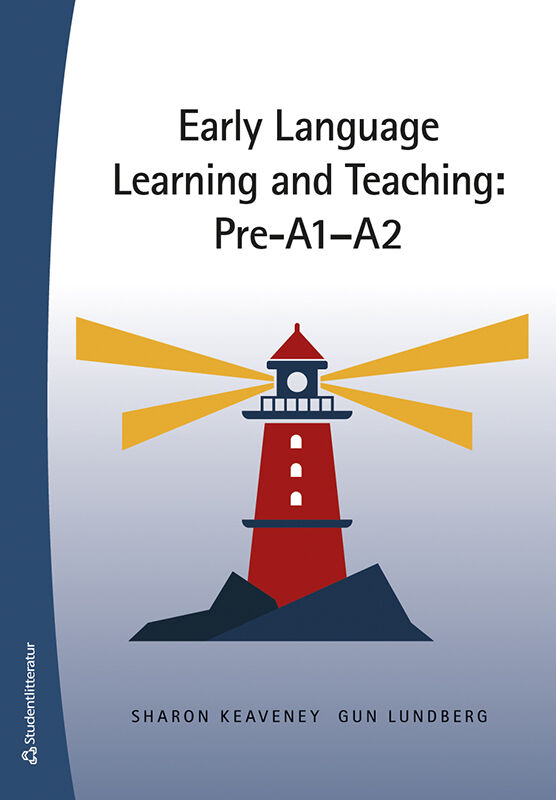
Early Language Learning and Teaching: Pre-A1-A2
Skickas följande arbetsdag
Hitta produkten hos våra återförsäljare som levererar utanför Sverige
Innehållsförteckning
Information
- Författare:
- Sharon Keaveney Gun Lundberg
- Språk:
- Engelska
- ISBN:
- 9789144166469
- Utgivningsår:
- 2014
- Revisionsår:
- 2023
- Artikelnummer:
- 37158-03
- Upplaga:
- Tredje
- Sidantal:
- 248